अष्टांग हृदयम Astang Hridayam
₹800.00 Original price was: ₹800.00.₹590.00Current price is: ₹590.00.
Page Size :- 619
ISBN:- 978-81-89235-44-8
Only 2 left in stock
Astang Hridayam Balkrishna – Unveiling the Wisdom of Ayurveda for Students & Scholars
Study the roots of classical Ayurveda with Acharya Balkrishna’s authentic commentary on the revered Astang Hridayam.
Reconnect with the original Sanskrit verses of Astang Hridayam under the refined lens of Acharya Balkrishna, a contemporary voice of Vedic wisdom. This edition bridges ancient Ayurvedic principles with modern scholarly needs. Whether you’re a BAMS student decoding foundational texts or a seasoned vaidya seeking clarity, this commentary illuminates the structure, philosophy, and therapeutic strategies that define Charaka’s and Vagbhata’s integrated vision of health.
Statements are grounded in Ayurvedic classics. Interpretations respect the textual fidelity. Sanskrit terms come transliterated with precise Devanagari. The diagnostic logic, treatment modules, and eight limbs of Ayurveda are explicated in practical, digestible guidance. Scholars find deeper commentarial threads; students gain line-by-line explanation and contextual understanding.
Key Ayurvedic Concepts Unveiled in “Astang Hridayam Balkrishna”
Classical Ayurvedic Texts
Acharya Balkrishna highlights the central role of Astang Hridayam within the triad of classical Ayurveda along with Charaka Samhita and Sushruta Samhita. Each of these texts emerges from a distinct lineage—Charaka from the physician tradition (Kaya Chikitsa), Sushruta from the surgical stream (Shalya Tantra), and Vagbhata’s Astang Hridayam integrating both streams into a language of practice that is direct and patient-centric.
Students navigating Balkrishna’s commentary will find comparative annotations—cases where Vagbhata condenses Charaka’s theoretical discussions into practical guidance, or where he simplifies Sushruta’s procedural techniques. This balance of depth and accessibility is what places Astang Hridayam at the heart of clinical Ayurveda training.
Fundamental Principles of Ayurveda
Using original Sanskrit shlokas as a foundation, the commentary explores the structure of human reality through five elements—Panchamahabhutas: Prithvi (earth), Ap (water), Tejas (fire), Vayu (air), and Akasha (ether). These aren’t presented as abstract concepts. Balkrishna correlates them with tangible forms: bone as Prithvi, plasma as Ap, metabolism as Tejas, and so on.
The concept of Prakriti—an individual’s innate constitution—receives detailed focus, with flowcharts explaining how it forms during intrauterine life. He breaks down Agni (digestive fire) into thirteen subtypes, illustrating their impact on tissue formation (Dhatus) and overall vitality.
- Single-sentence explanations accompany each element for fast recall.
- Real-life metaphors—like comparing dhatus to building materials—clarify how the body maintains stability.
Tridosha Theory (Vata, Pitta, Kapha)
Balkrishna’s treatment of the Tridosha theory mixes classical logic with graphic interpretations. Doshic properties—like Vata’s dryness or Pitta’s heat—are mapped visually against mental and physical traits. These charts serve both as memorization tools and diagnostic aids.
Practical application stands out. The book walks you through signs of dosha imbalance, not just as textbook lists but as experiential sketches. For instance, excess Pitta is not simply ‘heat’—it’s migraines, hypersensitivity, and irritability explained through referenced slokas.
- Diagnostic snippets from Vagbhata’s original verses guide tongue inspection and pulse reading.
- Tips include how time of day and seasons affect dosha dominance.
Diagnostic Methods in Ayurveda
The diversity of diagnostic tools covered—Nadi Pariksha (pulse diagnosis), Jihwa Pariksha (tongue observation), Mutra and Mala Pariksha (urine and stool analysis)—goes beyond rote description. Each method is explained using present-day equivalents.
Clinical scenarios root the text in everyday usefulness. A patient presenting with coated tongue, undigested stool, and sluggish pulse is walked through an interpretative process grounded in Astang Hridayam’s methodology. Balkrishna includes decision matrices to streamline these evaluations.
Ayurvedic Treatment Protocols
Treatment frameworks aren’t extracted in isolation—each case-based analysis in this section ties back to dosha predominance, affected dhatu, and state of srotas (body channels). Balkrishna sifts through the classical verses to offer explanation for why one remedy works while another may not, even with the same diagnosis.
Illustrative cases range from fevers to chronic digestion issues. Each thread concludes not in symptomatic relief but shodhana (cleansing) and shamana (pacification), reinforcing root-cause resolution. Therapeutics include herbal formulations, yoga practices, and dietary realignments.
- Side-by-side tables match doshic imbalances to recommended procedures like Snehana or Vamana.
- The rationale behind choosing specific herbs is supported with classical verse citations.
| Weight | 1530 g |
|---|---|
| Dimensions | 24.5 × 18.8 × 2.8 cm |
| Author |
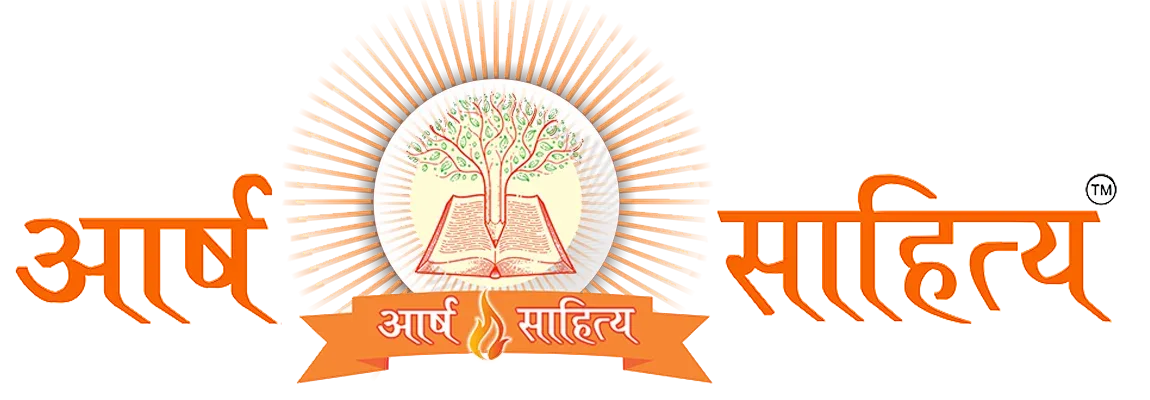
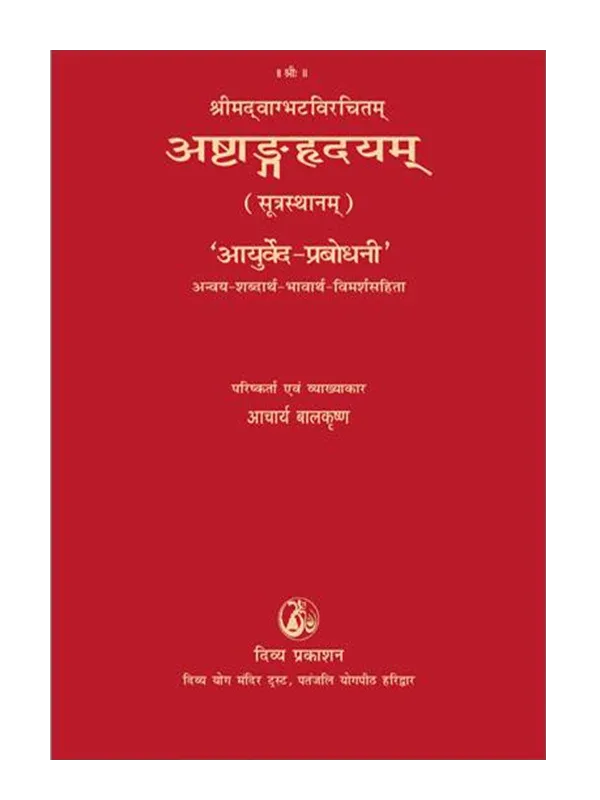
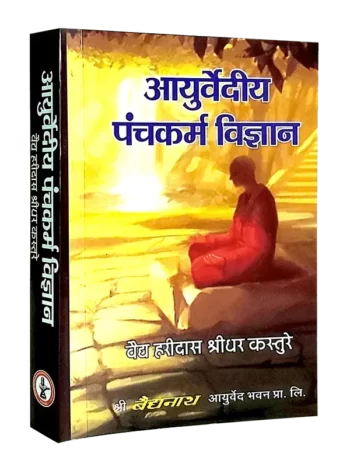
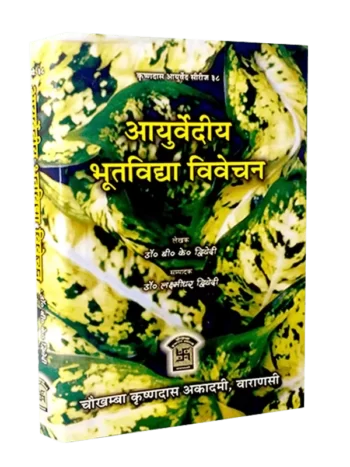
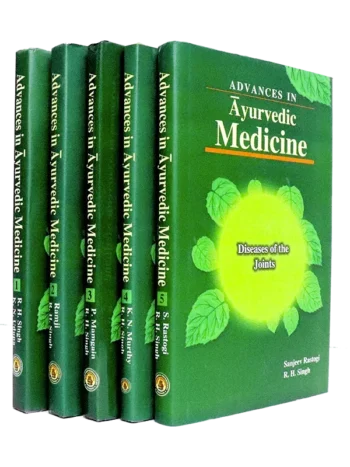
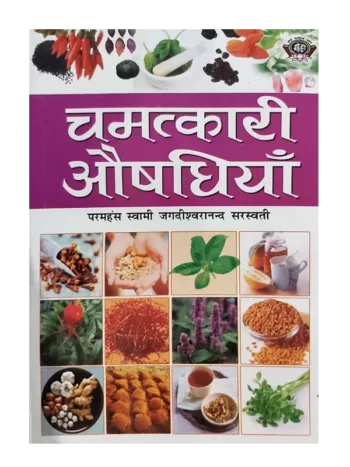
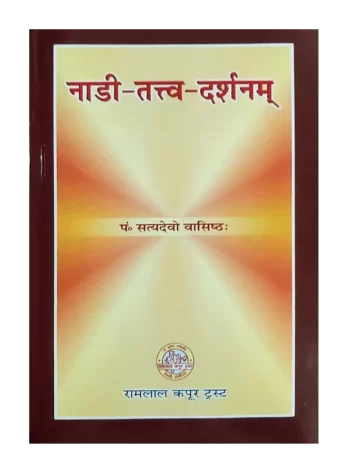
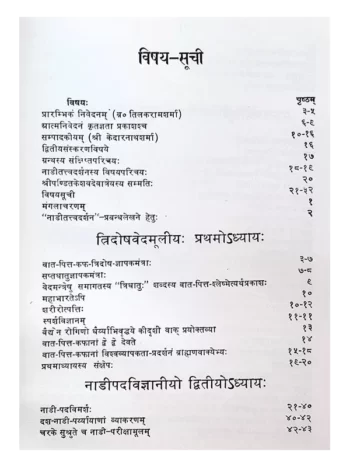
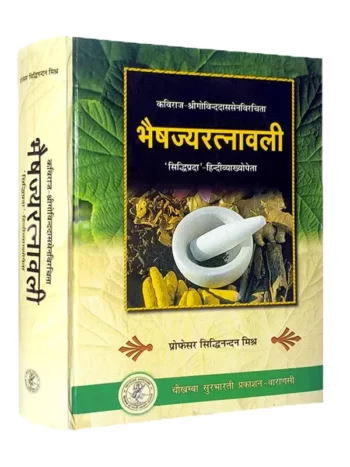
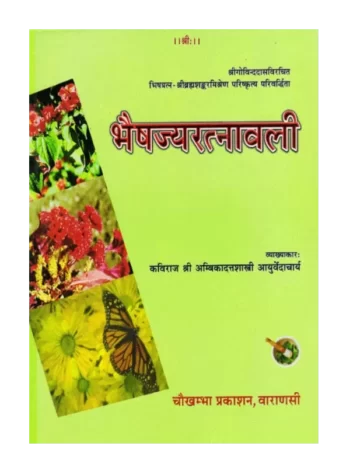
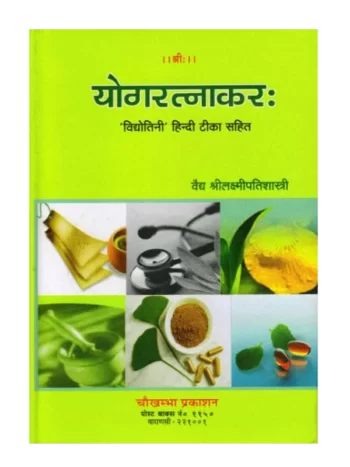
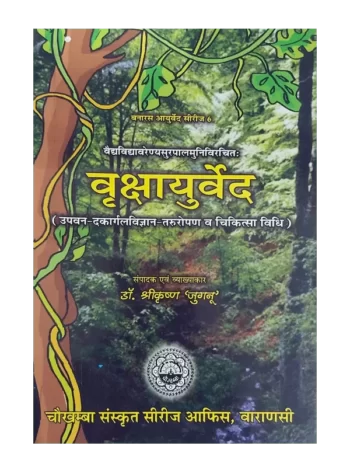
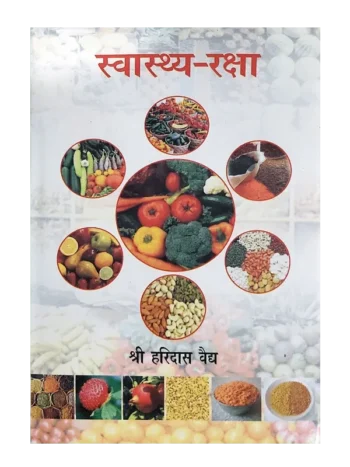
Reviews
There are no reviews yet.